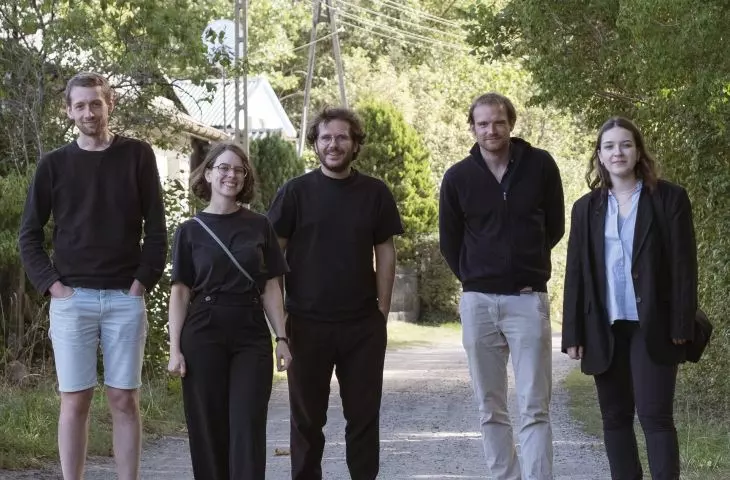The article is from A&B issue 9|23
In your opinion, are there currently regulations in Polish construction law and technical conditions that are out of step with modern times?
Are there regulations that you think are blocking the introduction of innovative and environmentally friendly solutions, are they unfair, or are there other reasons why they should be changed?
Five paragraphs about Polish construction law in the daily work of PROLOG architects:
1. illegibility
"An architect is kind of like a lawyer, only cheaper," an industry saying goes. Unfortunately, studying at the Wrocław University of Technology does not prepare you to read legal language, and perhaps it shouldn't at all, because it is the regulations that should be written in a way that allows you to read them unambiguously. An example of good (albeit not ideal) practice from Austria: OIB Richtlinien, or local technical conditions, in addition to the actual document (logically divided into volumes) contains explanations with drawings provided by the legislature. This avoids wasting time on erroneous (or for misjudged) interpretations.
2 Entitlements
When preparing for the architectural ent itlement exam, the thought comes that it basically repeats the mistakes of the education system: it verifies forged rules and does not teach thinking. There are, of course, open-ended questions (for example, design a hotel room) in the oral part, but in the overall process this is a proxy. On the other hand, the Board of Examiners of the Chamber of Architects considered worthwhile knowledge verification to be the thickness of reinforced concrete lagging of silage tank reinforcement. Or verifying that a prospective licensed architect knows who appoints a catchment area director. The amount of material to be mastered is absurd, so the only method becomes the familiar cuss and forget from school.
3 Overproduction
In order to pass the aforementioned exam for the construction license in the architectural specialty for unlimited design, one must learn 57 legal acts (of which 24 are in the "detailed" degree, and 33 in the "general" degree). And these are not all that an architect should handle - the Guidelines of the Head of National Civil Defense (and related technical conditions to which protective structures should correspond), for example, do not apply. They mandate the provision of "bunkers" in public buildings for 25 percent of the registered population of an area. And while we're on the subject of public buildings....
4. ambiguities
... is a multi-family building with one commercial unit a public building? Receiving such a question from a developer, just to be sure, we asked for legal advice, which Chamber members are entitled to. The law firm's answer was: yes, a bunker should be designed in a multi-family building with a unit.
5 Deregulation of the law
In a schizophrenic counter to the overproduction of law, the legislature has been trying for some time to convince us that the cause of the country's housing famine is (among other things) precisely excessive regulation. However, the liberalization of technical conditions abolishing the minimum width of living rooms, for example, has resulted in more private market pathologies (internet meme-famous apartment floor plans with rooms as narrow as a corridor), instead of making housing more accessible.


















